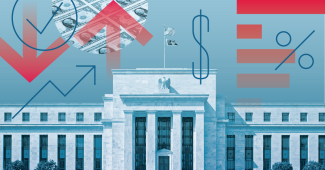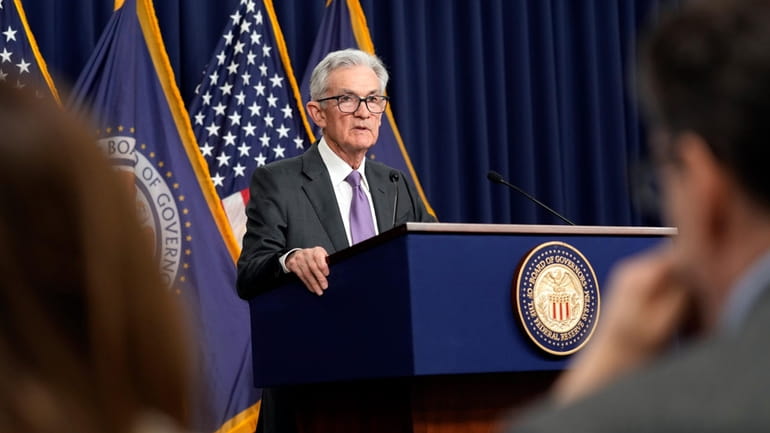
Worsening Inflation: What Does It Mean for the Fed Reserve?
Some Federal Reserve policymakers argued at their most recent meeting in March that inflation was likely worsening, even before the government reported Wednesday that price increases re-accelerated last month.
According to the minutes of the Fed's March 19-20 meeting released Wednesday, all 19 officials generally agreed that high inflation readings in January and February “had not increased their confidence” that inflation was falling steadily to their 2% target.
Many economists had suggested that the outsize price increases in the first two months of the year probably reflected one-time moves that often happen at the start of a year as companies impose annual price hikes. But some Fed officials at the March meeting disputed that assessment, saying that the higher prices were “relatively broad-based and therefore should not be discounted as merely statistical aberrations."

On Wednesday, that assessment appeared to be confirmed. The government reported that for a third straight month, consumer inflation rose at a pace faster than is consistent with the Fed's target level.
Excluding volatile food and energy costs, “core” prices jumped 0.4% from February to March. These core prices were 3.8% higher than they were a year earlier, the same reading as the previous month. The Fed closely tracks core prices because they tend to provide a good reading on where inflation is headed.
Wednesday's data raised fears that inflation appears, for now, to be stuck above the Fed's 2% target. It has made little progress this year after having steadily dropped in 2023. The leveling-off of inflation makes it less likely that the Fed will implement the three quarter-point rate cuts that the officials had projected after their March meeting.
Wednesday's inflation data roiled financial markets, sending stock prices sharply lower. Many economists had forecast that the Fed would begin reducing interest rates at its June meeting. But on Wednesday, several analysts pushed back their projections to July or September in light of the March inflation figures.
For the full article, please follow this link.

